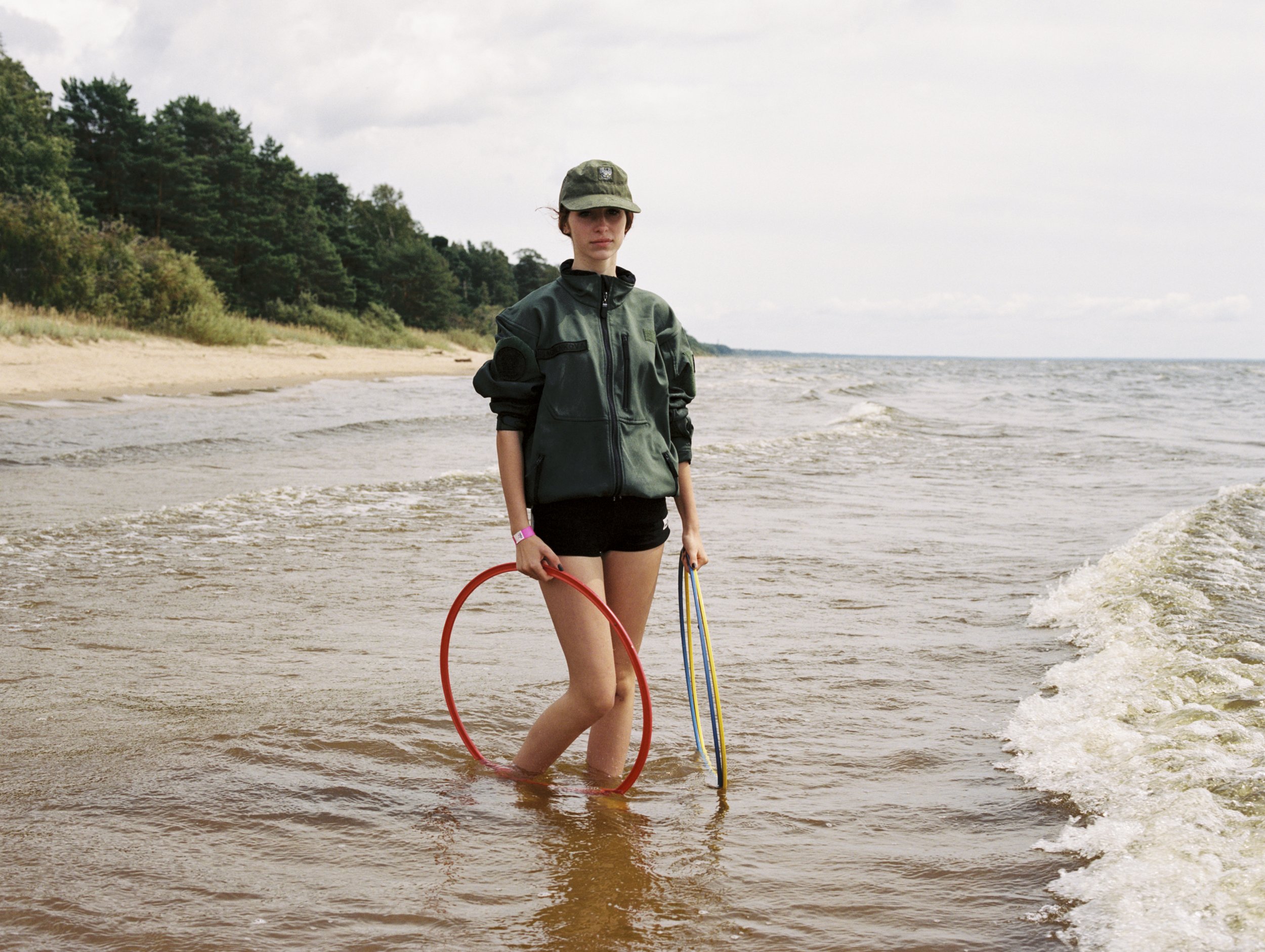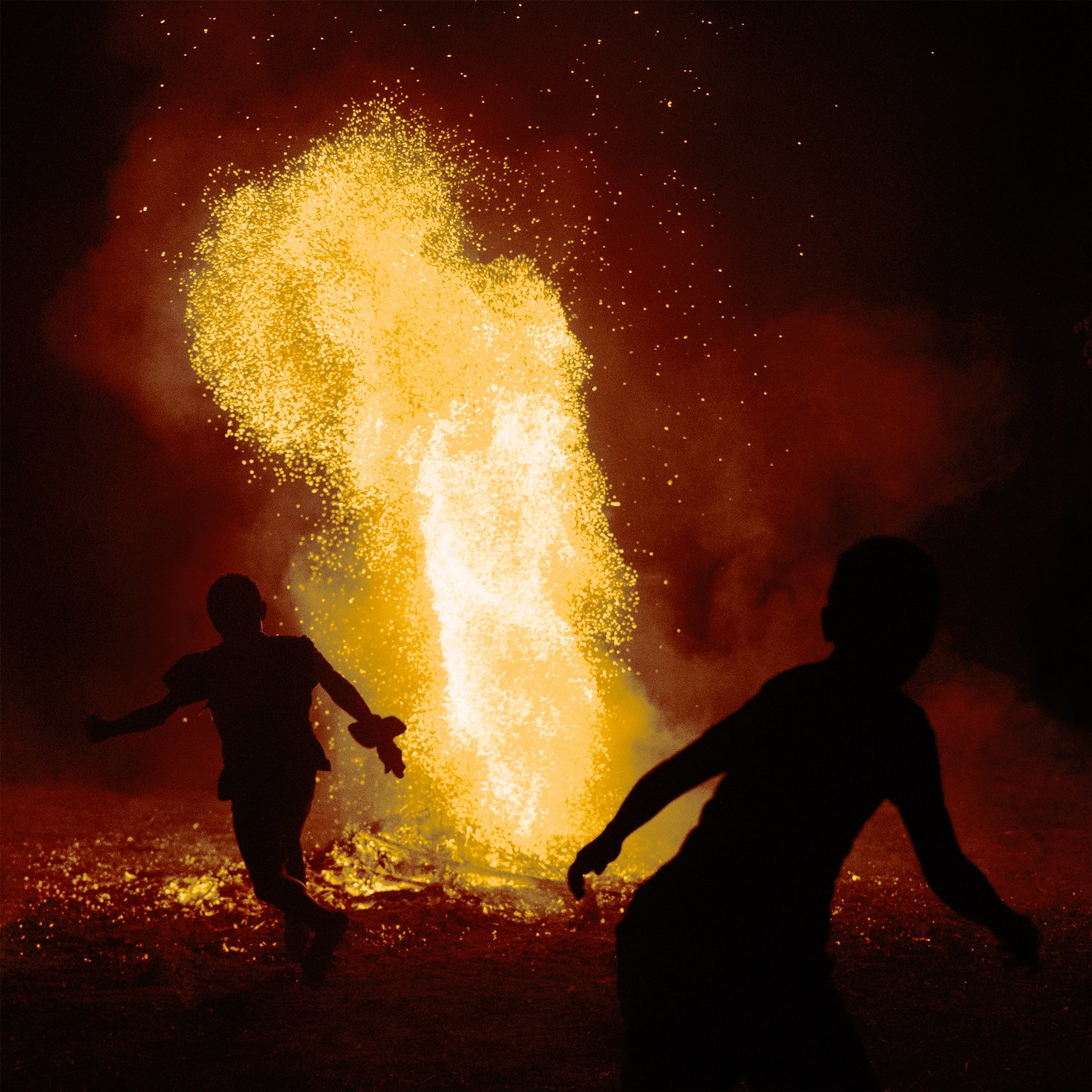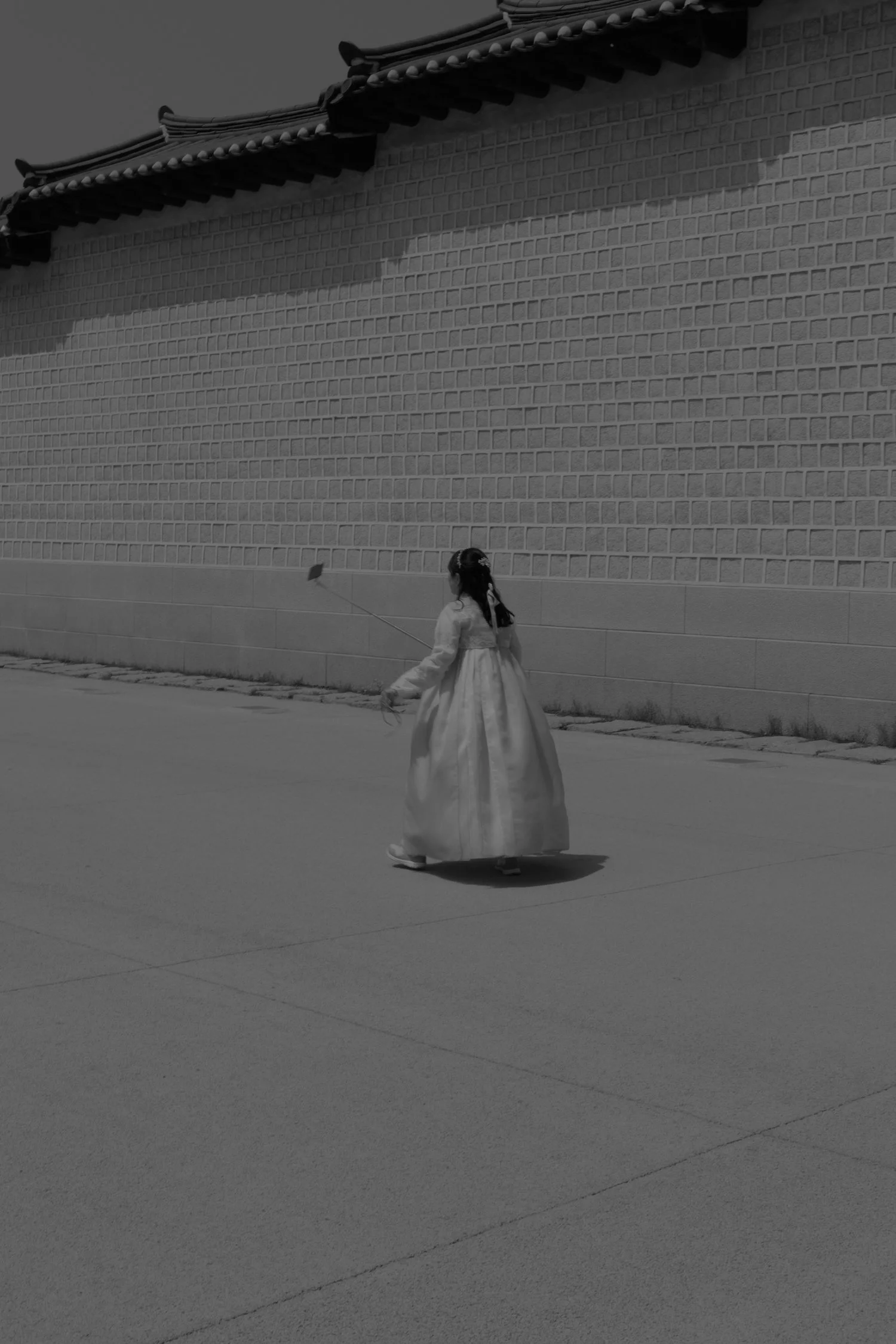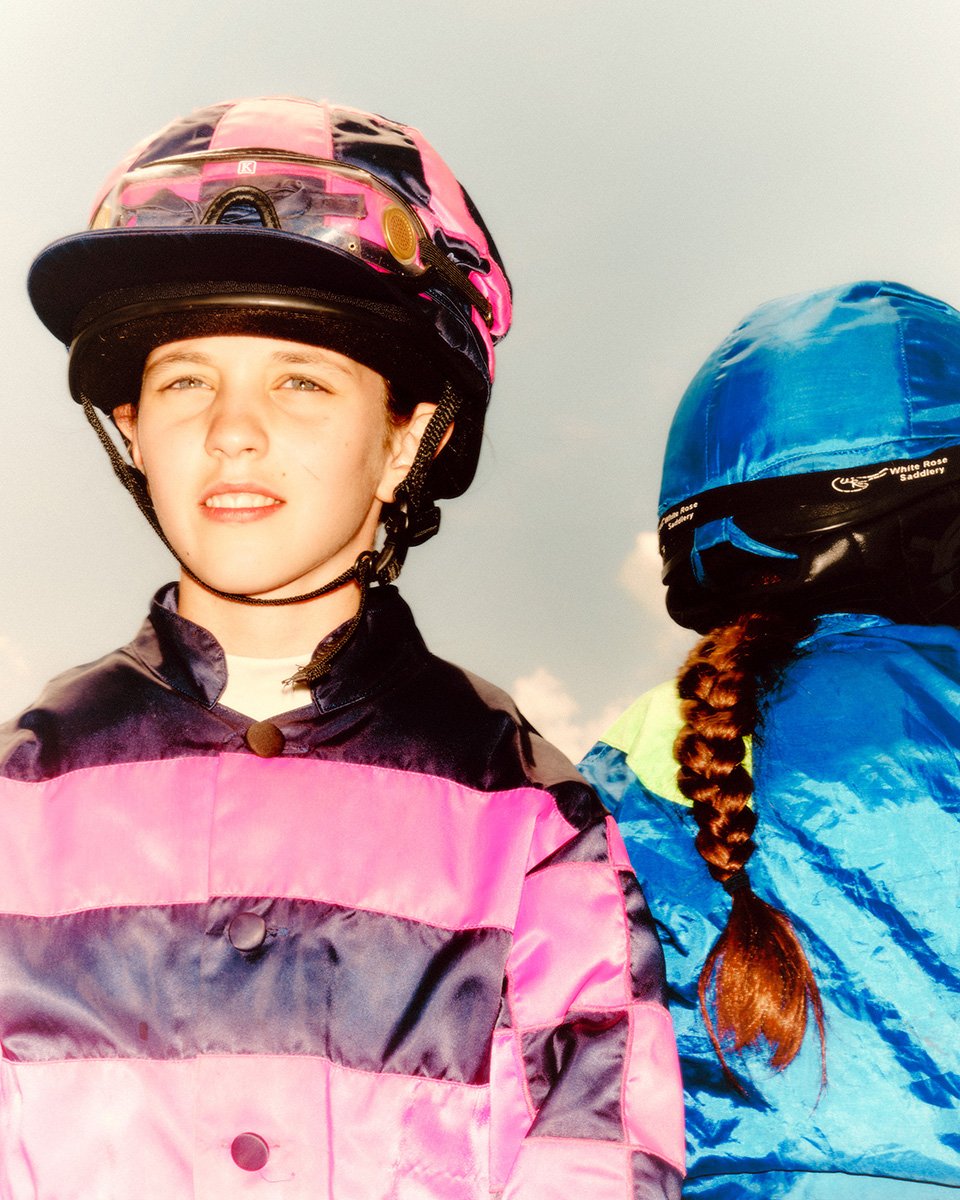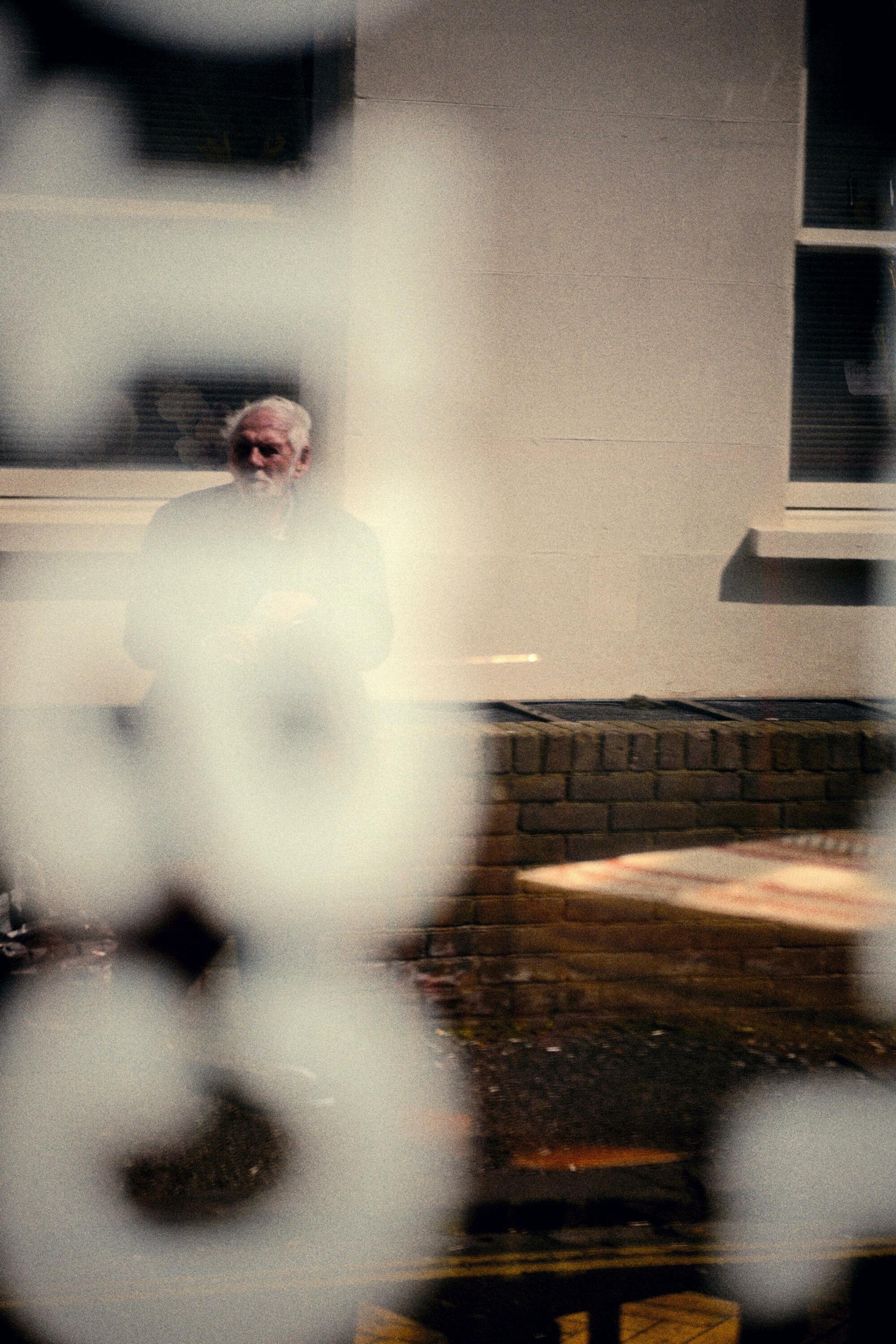When I was 26
It’s Pride Month, but what does it take to be proud as a member of the LGBTQIA+ community? Stylist, DJ and drag artist, Airy Something, candidly shares thoughts and experiences on their journey to self-love and acceptance, accompanied by portraits taken at home by Nigel Glasgow.
Words Airy SomethingThe first time I put on a pair of heels as an adult I was almost sick.
I was around twenty-six and living with a drag performer who made the blasé suggestion that I try them on when she saw me eyeing them up in the corner of her room. They were patent platform stilettoes, the kind of impossible three-dimensional red I’d seen gleaming on the mouths of golden age film stars on my Granny’s TV. I tottered across the bedroom, downplaying how easily I could walk in them as my heart thrummed unpleasantly and my stomach burbled – a simmering hotpot of unexamined self-loathing.
In truth, I’d been ‘doing drag’ since I was a baby but, as an elder millennial whose Mother and Father’s parenting was coloured by AIDS crisis headlines in the nineties like ‘Abortion Hope After Gay Genes Finding’, Thatcher’s outlawing of LGBTQIA+ education in schools and their taste for Christian fundamentalism, I thought it best to attempt to make some changes to my personality.
In 2020 writer and campaigner Alexander Leon tweeted that, ‘Queer people don’t grow up as ourselves, we grow up playing a version of ourselves that sacrifices authenticity to minimise humiliation & prejudice. The massive task of our adult lives is to unpick which parts of ourselves are truly us & which parts we’ve created to protect us.’
I was always baffled by, and intensely jealous of, other queer people’s freedom of expression. It felt impossible for me. Maybe I wasn’t as brave as them. Maybe I had a little more to unpick. And so, I beat myself like a steel panel with the subtle hammer of shame, into an unconvincing heteronormative contrivance, someone more worthy of love – Masc for masc. Top only. Can’t walk in heels.
We queers spend much of our early adult lives bending our minds, souls and identities into a psychic pretzel to assimilate and understand the hostility around us (why are we are a punchline, a target, a crudely drawn cartoon defined by a sex act?) often at the expense of truly understanding ourselves.
To be loved thoroughly one must first be understood so, many of us, if not overtaken by bitterness, do as we would be done by and cultivate a detailed empathy for our loved ones and wider society, even as they are confused and/or disgusted by us – of course this socioeconomic group might feel threatened by the great glamorous ‘other’ given their hardships and social immobility, of course these poor straight men want to harm us given they’ve been taught that one’s taste for feminine signifiers is determined by genitalia and that any deviation from this dogma is cause for violent repulsion. But we are rarely afforded the luxury of the same empathy. And still we lay our needs over them and the world around us to concoct a support system that may not be there at all. A beautiful and necessary invention in many instances.
”I was always baffled by, and intensely jealous of, other queer people’s freedom of expression.”
As the years passed and the world around me came into sharper focus, I became better equipped to reshape myself into someone more authentic. Someone closer to the person I’d always had the potential to be. Drag is something that sits at the intersection of my creativity and my gender, both of which are nebulous and elastic, and I wish I’d arrived at it sooner, but it was impossible. I’m introverted and risk averse, so I waited until my late thirties for my environment to become more welcoming and my mental health to be more stable.
The mainstreaming of drag by RuPaul’s Drag Race is often poo-pooed by my more anarchic counterparts, and I truly understand how problematic it is (and has been) around gender, race and its unrelenting appropriation of the sacrosanct ballroom community, but it’s role in creating a safer world for queer people can not be understated. And so, it is with great embarrassment that I ascribe a portion of this newfound confidence in my gender expression to a gameshow that increasingly leans into queen-bankrupting capitalism and the kind of emotional pornography not seen since Oprah retired to Mount Olympus.
I began hesitantly posting pictures of myself in drag at home on Instagram in 2019 and throughout the pandemic. The same home you see in these portraits. They were taken by my dear friend Nigel and styled with the make-do spirit of lockdown by my beloved flatmate Lynsey using her own beautiful clothes and things we already had in the house. As a stylist myself I found it discombobulating to allow someone else to style me, and as a drag queen I have little interest in being perceived as anything other than a beautiful image (I won’t be auditioning for Drag Race any time soon), but Lynsey wanted to present me as something closer to myself; a little softer and more absurdist than my Instagram output. And I’m not mad at the results of this shoot, or the decades of work it’s taken to become a whole person. You might even say I’m proud.







